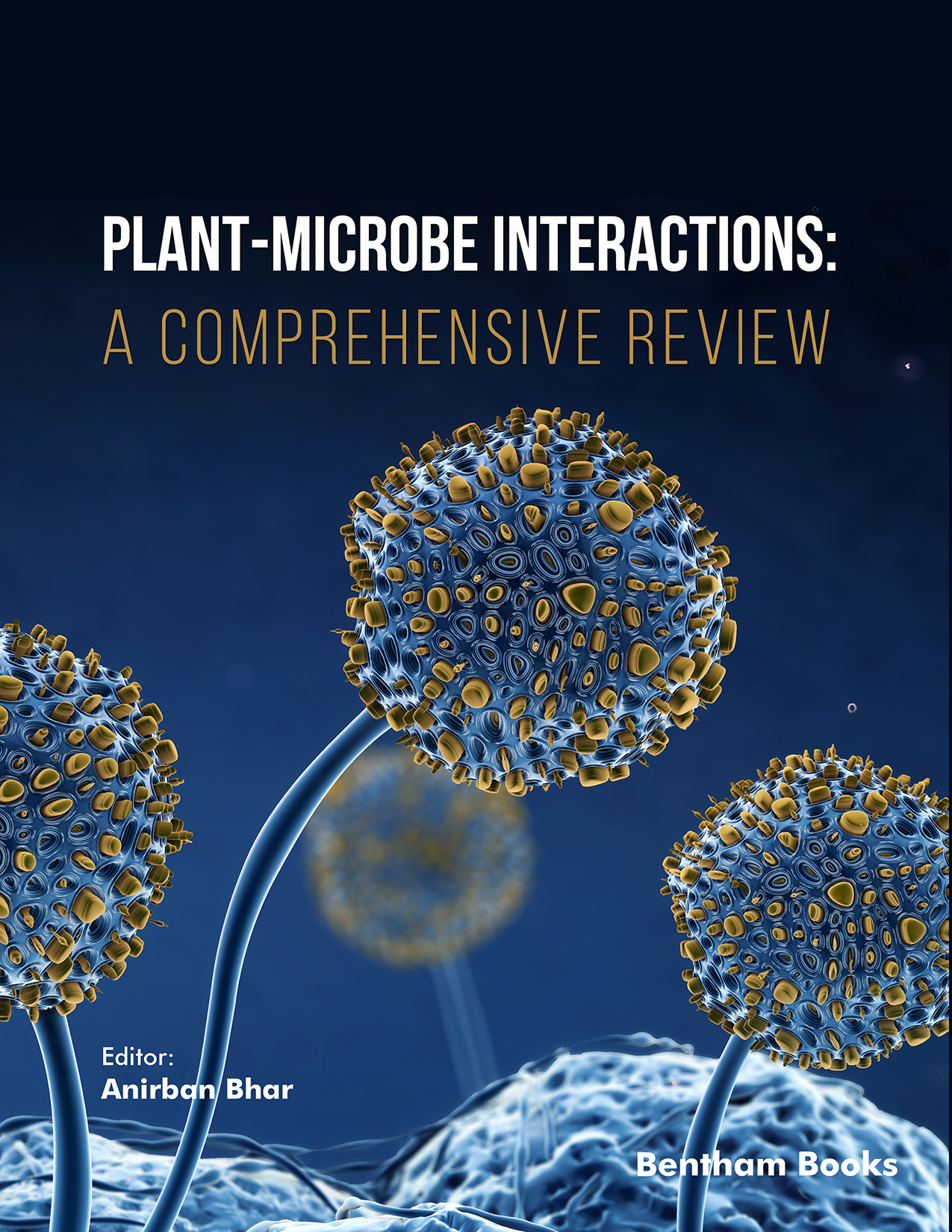Introduction
Plant-Microbe Interactions: A Comprehensive Review provides an in-depth analysis of the dynamic relationships between plants and their associated microbes, highlighting beneficial and harmful interactions. The book emphasizes the role of plant growth-promoting microorganisms (PGPMs) and biocontrol agents, covering nutrient acquisition, nitrogen fixation, and plant stress management. It also examines harmful microbes responsible for pathogenesis and biotic stress, offering insights into their ecological and molecular mechanisms.
The book examines microbiomes in both the rhizosphere and phyllosphere, the role of artificial neural networks in studying these interactions, and biotechnological advancements in managing plant pathogens. It brings together cutting-edge research on crop health, sustainable agriculture, and biotechnological innovations, offering comprehensive insights and practical solutions.
Key Features:
- - Explores plant-microbe interactions in various environments.
- - Details biotechnological applications in plant health management.
- - Discusses microbial roles in nutrient bioavailability and stress tolerance.
- - Highlights recent advances in pathogen management and crop improvement.
Readership
Undergraduate and graduate students, researchers, biotechnologists, agronomists, and industry professionals in plant sciences and agriculture.

